Creative workshops help kids relieve stress with art
Glowinski, artist Outlaw address mental health through artwork
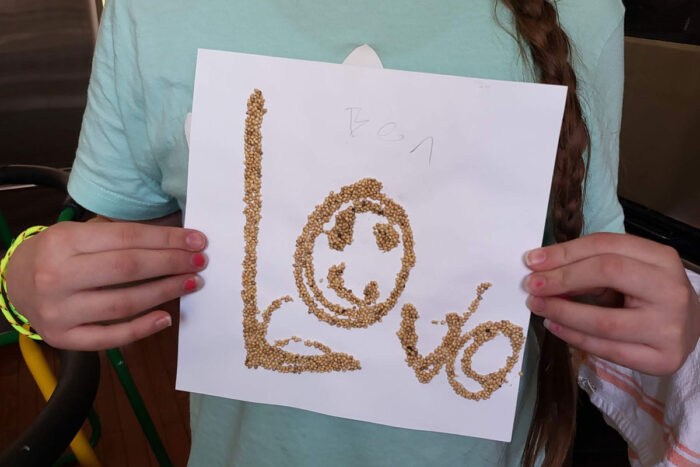 Courtesy of the PRESENT Project
Courtesy of the PRESENT ProjectFor the past year, Anne Glowinski, MD, a professor of psychiatry, has partnered with St. Louis artist Adrienne Outlaw to create PRESENT, a public artwork program that combines mindfulness and artmaking as an expressive coping tool.
Few, if any, of the children, teenagers and adults considered themselves artists. But then there were two women, smiling, encouraging their creativity, calling them “artists.”
The women understood preoccupations persisted far different than art: Many of the young people struggled with difficult circumstances. Some worried about unstable family and home lives, or about getting in trouble at school or with the police. Others felt burdened by the daily stresses of living in poverty.
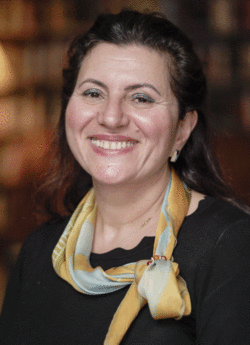
“Art helps bring visibility to the invisibility of a status with less social capital, like being from an ethnic minority or being a child in juvenile detention or being a person with a mental disorder,” said Anne Glowinski, MD, a professor of psychiatry and associate director of the Division of Child and Adolescent Psychiatry at Washington University School of Medicine in St. Louis.
For the past year, Glowinski has partnered with Adrienne Outlaw — a St. Louis artist known globally for using art to help address health and social justice issues — to create PRESENT, a public artwork program that began last summer with weekly workshops for three dozen area participants, most of them children and teens. It included a series of workshops that combined mindfulness and artmaking as an expressive coping tool.
Ten of the university’s faculty, fellows and students also volunteered, as did deputy juvenile officers with the St. Louis City Family Court Truancy Initiative, which aims to keep at-risk youth in school. Interested community members also participated.
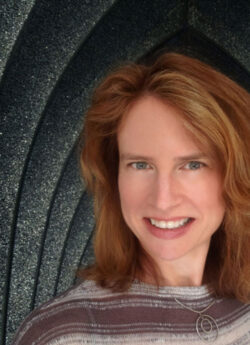
The workshops integrated yoga with artmaking and emphasized individual and shared reflections to boost mindfulness, a therapeutic technique that involves focusing on thoughts and feelings while being aware of the present moment.
“At first, the kids seemed skeptical when Dr. Glowinski and I called them artists,” Outlaw said. “But we assured them that everyone is an artist. We were asking participants to risk self-expression, which is an essential condition for being an artist.”
The kids’ artistic sides emerged immediately. During the first session, for example, they practiced deep breathing before designing bouquets of pine branches. Other times, they touched pine needles, feathers and rocks — taking note of the textural details — before sketching the objects. At another workshop, the participants focused on the five senses as they ate fruits and vegetables; afterward, they drew and ate the food.
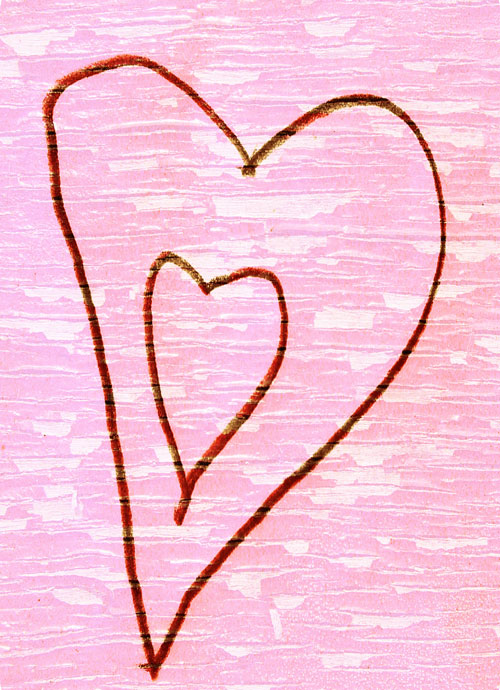 Courtesy of the PRESENT ProjectThe young artists’ creations have been made into colorful postcards, which are displayed on the Danforth and Medical campuses at Washington University, in addition to dozens of places such as community centers, churches, schools, government offices, and art and yoga centers. People may learn more about the project and support it by buying or sponsoring more postcards online.
Courtesy of the PRESENT ProjectThe young artists’ creations have been made into colorful postcards, which are displayed on the Danforth and Medical campuses at Washington University, in addition to dozens of places such as community centers, churches, schools, government offices, and art and yoga centers. People may learn more about the project and support it by buying or sponsoring more postcards online.
“The beauty of the postcards, so mindfully made, prove that PRESENT participants were, in fact, practicing the skills of an artist,” Outlaw said.
The program — funded by a grant from the university’s Gephardt Institute for Civic and Community Engagement — will expand to allow more participants.
Glowinski said she is proud to display the postcards at the university’s psychiatry clinic for children and adolescents, and to have organized a panel of community artists in April to discuss the importance of such displays. “Exhibiting the art in our clinic was a present of new perspectives, both for me and, I hope, for others,” she said. “I imagine that it could say to the kids and families who come to my clinic, burdened by illness and stigma: ‘Welcome. You are in a space where we have beautiful images. Welcome, treasures do arise from children like you and the communities they inhabit. Welcome, we are interested in the treasures inside you.’ ”
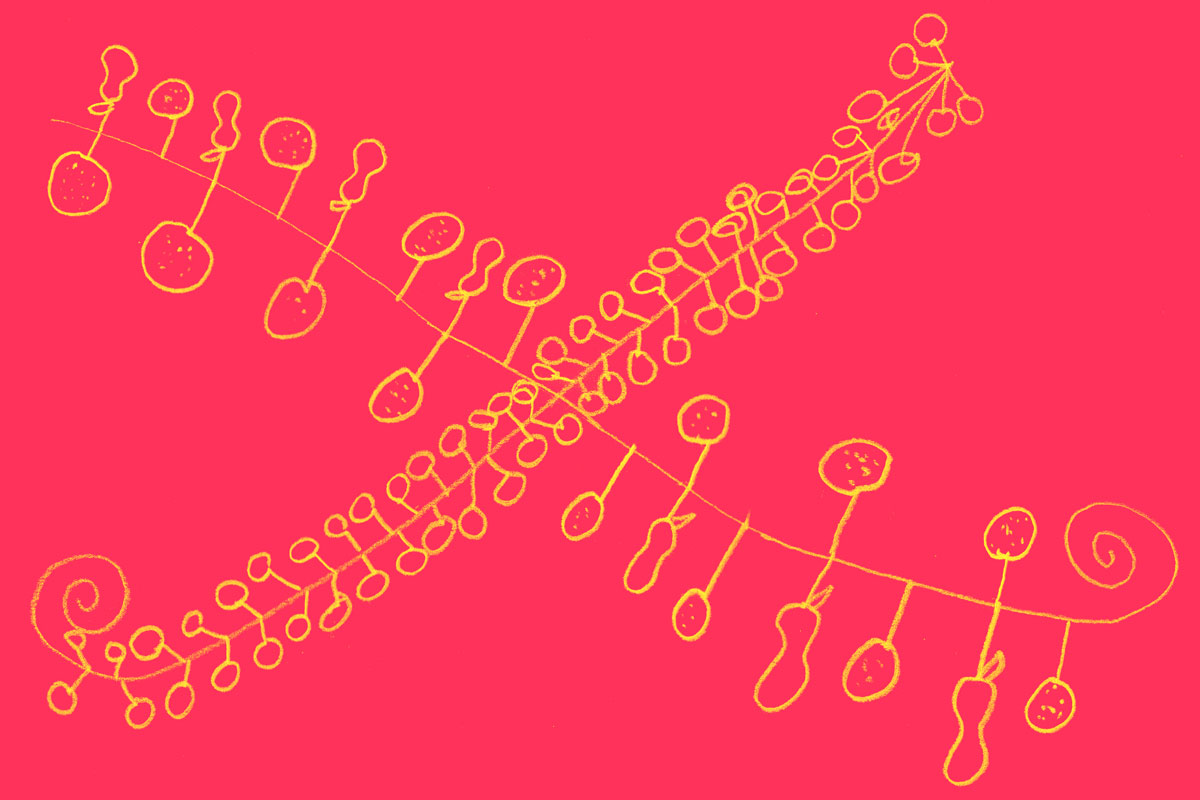 Courtesy of the PRESENT Project
Courtesy of the PRESENT Project
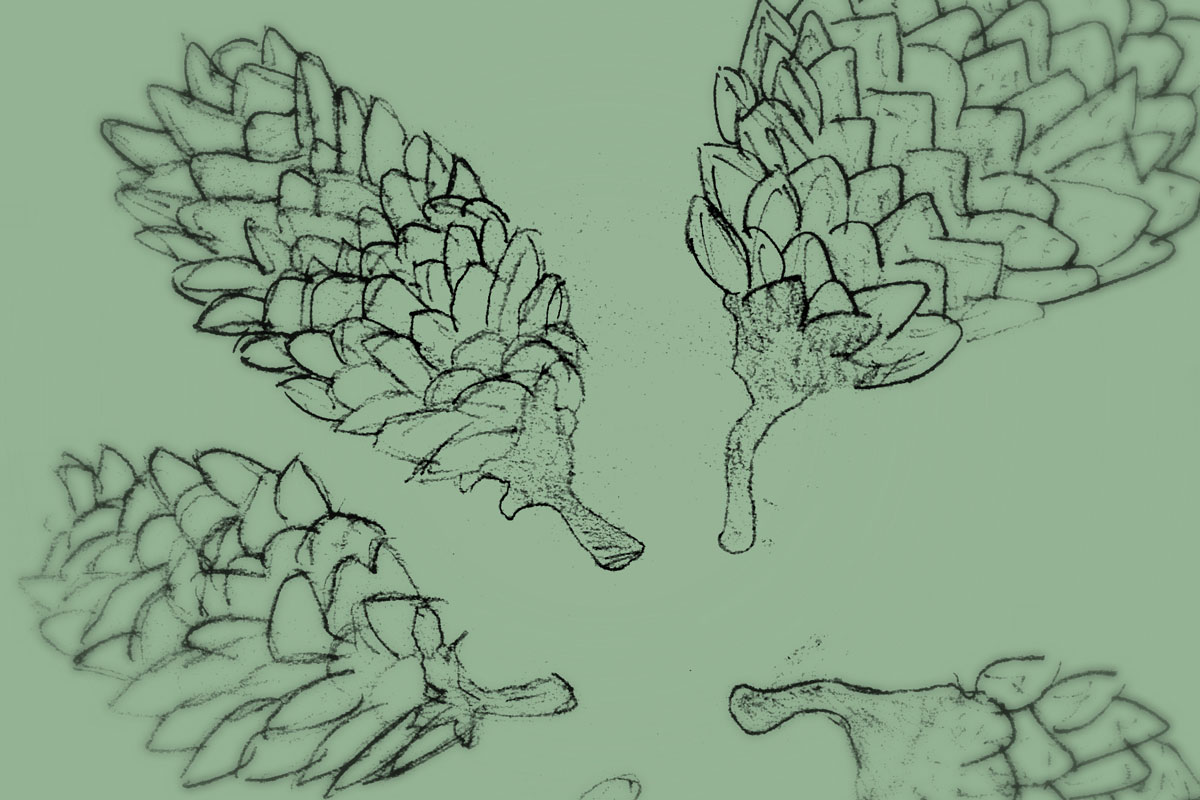 Courtesy of the PRESENT Project
Courtesy of the PRESENT Project
 Courtesy of the PRESENT Project
Courtesy of the PRESENT Project
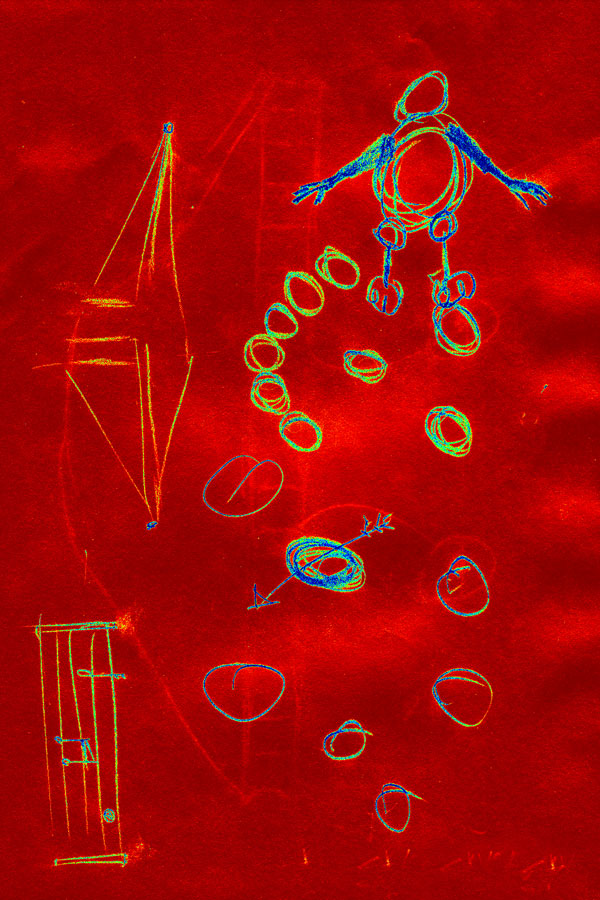 Courtesy of the PRESENT Project
Courtesy of the PRESENT Project
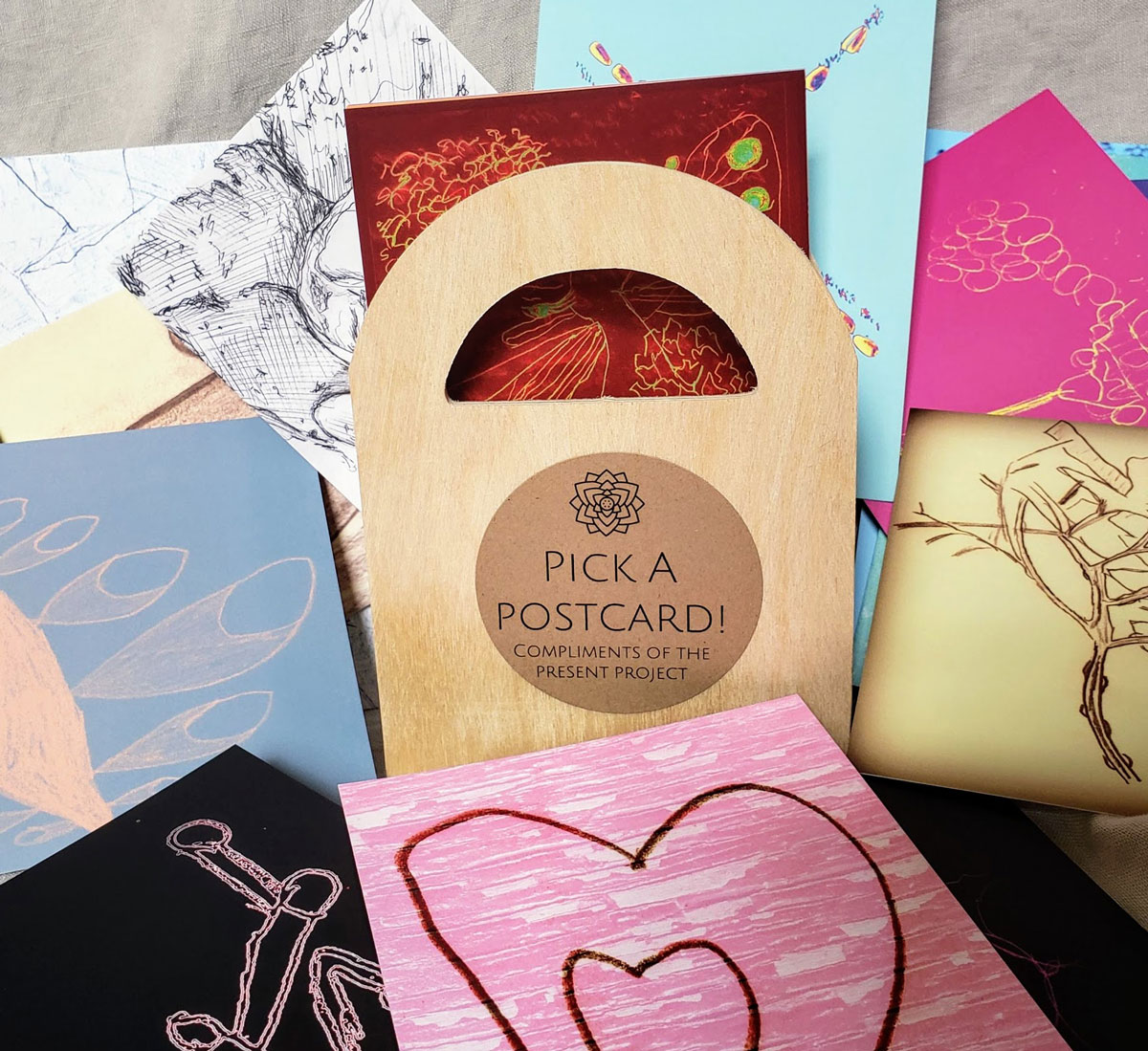 Courtesy of the PRESENT Project
Courtesy of the PRESENT Project






